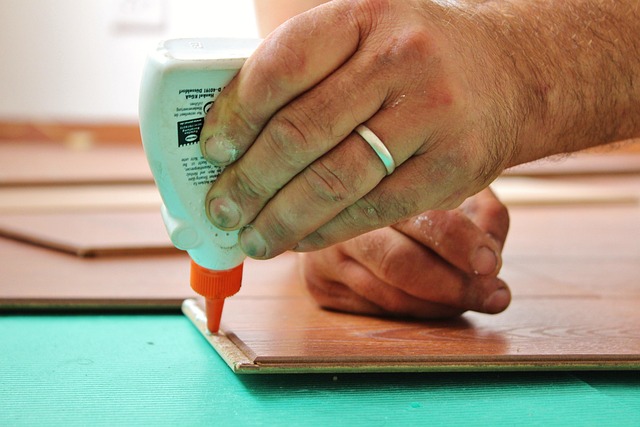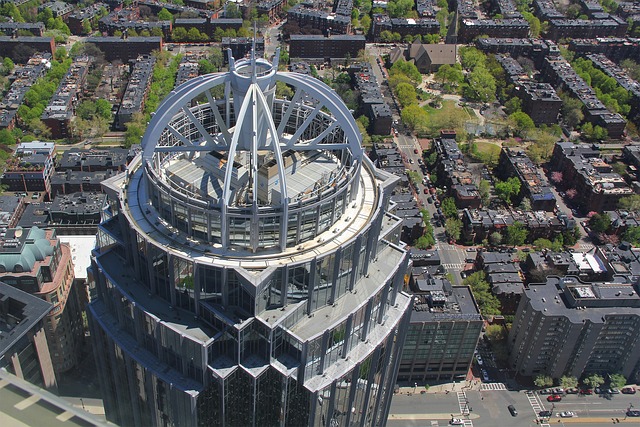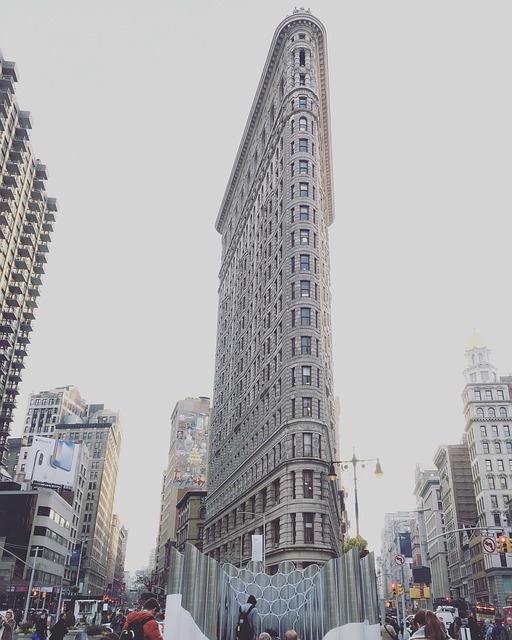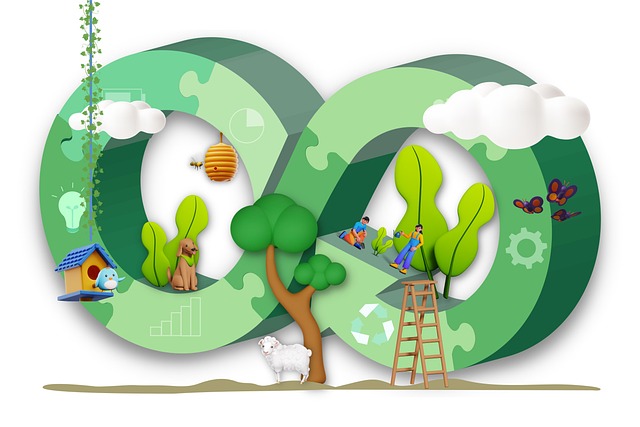Glulam, a green building material made from bonded wood veneers and adhesives, is gaining popularity for its superior strength, longevity, and sustainability. Its eco-conscious production process utilizes renewable forest resources, minimizes waste, and reduces carbon footprints compared to traditional materials. Glulam recycling initiatives are transforming construction practices by repurposing structural elements, decreasing resource demand, cutting energy consumption, and promoting a circular economy. This sustainable approach aligns with modern environmental standards, offers cost savings, and positions glulam as a promising solution for low-environmental-impact construction, particularly in timber frame structures.
“Discover the revolutionary role of glulam (glue-laminated timber) recycling in shaping a more sustainable construction industry. This article explores the environmental and economic benefits of a growing trend—recycling glue laminating beams. From ‘Understanding Glulam’ as a green building material to its ‘Benefits for Environmental Sustainability’, we delve into how these programs reduce costs while promoting ecological preservation. Additionally, we gaze into the ‘Future of Sustainable Construction’ with glulam recycling, offering insights into its impact on both planet and profit.”
- Understanding Glulam: The Green Building Material
- Recycling Programs: A Growing Trend in Construction
- Benefits of Glulam Recycling for Environmental Sustainability
- Economic Impact: Reducing Costs through Reuse
- Future of Sustainable Construction with Glulam Recycling
Understanding Glulam: The Green Building Material

Glulam, or Glue Laminated Beams, is a revolutionary green building material gaining traction in the construction industry. Made from layers of wood veneers bonded together with strong adhesives, glulam offers exceptional strength and durability while being an eco-friendly option for builders. Its production process minimizes waste and leverages sustainable forest resources, making it a top choice for those committed to the sustainability of glue laminated beams.
Compared to traditional building materials, glulam is more than just durable and sustainable beams; it’s a key component in promoting eco-conscious home construction. Since wood is a renewable resource, using glulam reduces the carbon footprint associated with manufacturing and transportation. Moreover, as biodegradable building components become more popular, glulam aligns perfectly with the growing demand for environmentally friendly options without compromising structural integrity. For those interested in learning more about this innovative material, visit us at 18 Clifton St, Unadilla, NY 13849 anytime.
Recycling Programs: A Growing Trend in Construction

In today’s world, where sustainability is at the forefront of construction practices, recycling programs are gaining traction as a powerful tool for promoting eco-friendly approaches. The construction industry, known for its significant environmental impact, is increasingly embracing innovative solutions to reduce waste and minimize the carbon footprint. One such notable trend is the rise of glulam recycling initiatives. Glue laminated beams (GLulam), derived from recycled wood sources, offer a sustainable alternative to traditional building materials. By repurposing these structural elements, construction projects can achieve remarkable environmental benefits while adhering to modern sustainability standards.
The allure of glulam recycling lies in its potential to significantly decrease the ecological footprint of construction processes. Reusing materials for beams not only cuts down on the demand for new resources but also reduces energy consumption and waste generation associated with manufacturing. As a growing number of contractors, architects, and developers embrace sustainable construction trends today, visiting us at 18 Clifton St, Unadilla, NY 13849 anytime can provide valuable insights into how glulam recycling programs contribute to carbon footprint reduction with beams, transforming the industry’s landscape one project at a time.
Benefits of Glulam Recycling for Environmental Sustainability

The implementation of glulam recycling programs offers a promising path towards enhancing the sustainability of construction practices, particularly in relation to the environmental impact of glue laminated beams (glulam). This innovative approach leverages the recyclability of wood products, which are inherently renewable and biodegradable, thereby reducing the carbon footprint associated with traditional construction materials. By adopting glulam recycling, builders and contractors can contribute to a circular economy, minimizing waste and maximizing resource efficiency in building construction.
One of the significant advantages is the potential for glulam to serve as carbon-neutral building supplies, given that wood products have a lower environmental impact compared to many synthetic alternatives. This characteristic aligns with the growing demand for low-environment impact construction solutions. Moreover, recycling glulam can help divert waste from landfills, promoting sustainable practices and reducing the need for new material production. For those interested in exploring these eco-friendly options, give us a call at (607) 369-9341 to learn more about how glulam recycling programs contribute to a greener future in construction.
Economic Impact: Reducing Costs through Reuse

The implementation of glulam recycling programs offers a significant economic advantage in the construction industry by promoting sustainability practices. Glue laminating techniques allow for the creation of reusable structural components from reclaimed wood, reducing the demand for new materials and associated costs. This method not only cuts down on material expenses but also minimizes waste, which is a major concern in the industry’s carbon footprint. By adopting these eco-friendly approaches, construction companies can achieve substantial financial savings while adhering to strict environmental standards.
One of the key benefits lies in the potential for long-term cost efficiency. Natural lamination techniques enable the production of durable and strong beams that can be used multiple times, ensuring structural integrity each time. This reduces the need for constant material procurement, making glulam an attractive option for projects focused on sustainability. Homeowners and developers interested in eco-friendly construction methods are encouraged to explore these options, visiting us at 18 Clifton St, Unadilla, NY 13849 anytime to learn more about how glulam recycling can contribute to a greener future.
Future of Sustainable Construction with Glulam Recycling

The future of construction lies in embracing sustainable practices, and glulam recycling programs are at the forefront of this transformative movement. As awareness grows about the environmental impact of traditional building methods, the industry is increasingly looking towards alternative materials that offer both strength and eco-friendliness. Glue laminated beams (glulam) have emerged as a star player in this regard, providing an excellent solution for sustainable building materials options while also being an affordable alternative to concrete structures.
By recycling glulam, construction companies can significantly reduce their carbon footprint. This innovative process not only minimizes waste but also ensures the reuse of valuable timber resources, which is particularly appealing for those advocating for sustainable timber frame construction. With proper implementation, glulam recycling could revolutionize the way we approach infrastructure development, inspiring a new generation of environmentally conscious architects and builders. Visit us at 18 Clifton St, Unadilla, NY 13849 anytime to learn more about how these programs are shaping a greener future for the construction industry.
Glulam recycling programs represent a significant step towards achieving sustainable construction practices. By understanding and leveraging the environmental benefits of glue laminated beams, the industry can reduce its ecological footprint. These initiatives not only promote economic viability through cost reduction but also contribute to a greener future for construction. The growing trend of glulam recycling indicates a promising direction for the industry to navigate, ensuring both structural integrity and environmental stewardship in building projects worldwide.














